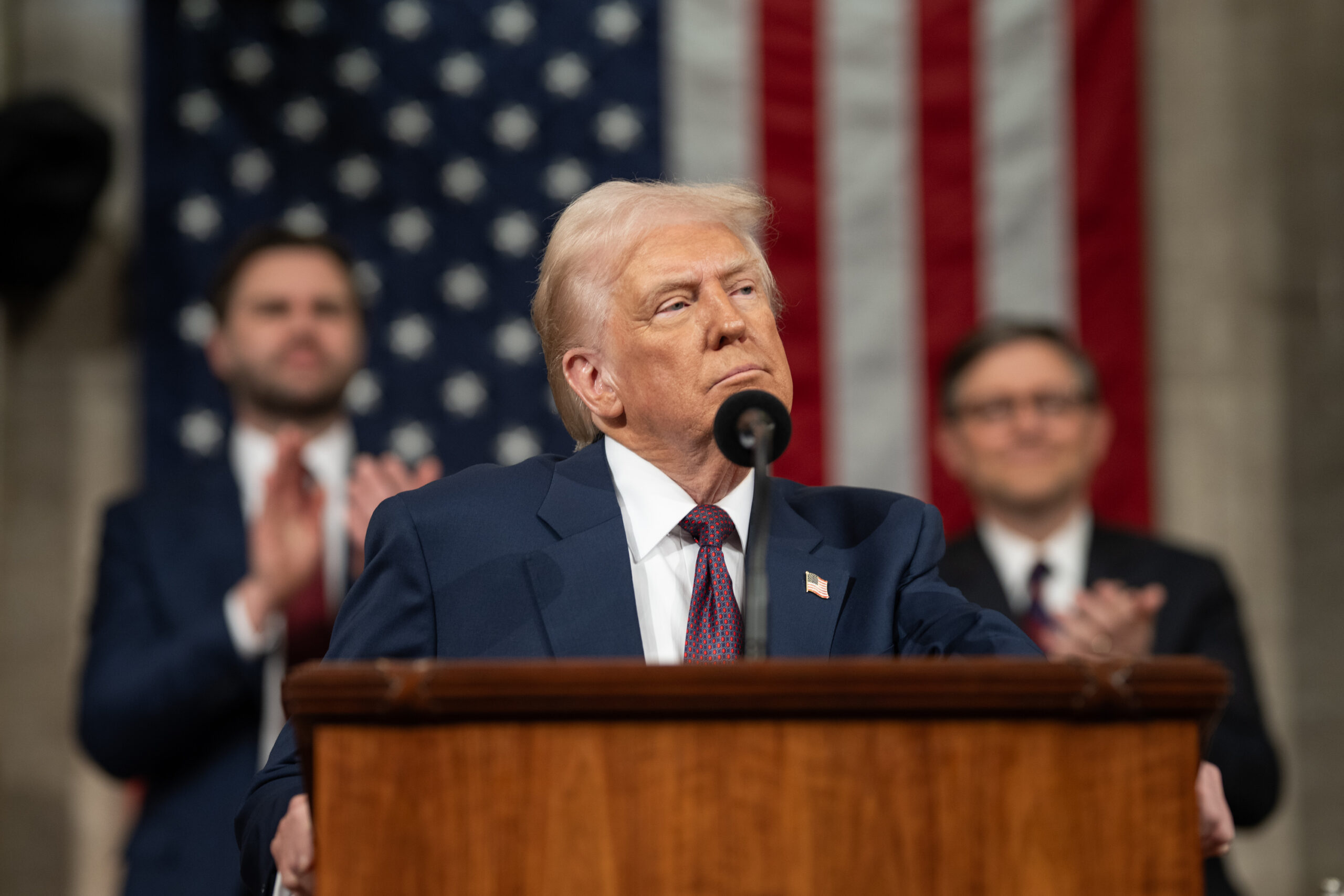Published: July 9, 2025
By: Rupee Radar Business Desk
The United States is once again shaking up global trade. Former President Donald Trump, currently campaigning for re-election, has announced a sweeping round of import duties—widely referred to as the 2025 Trump Tariffs or the “Liberation Day” Tariffs—that could reshape supply chains and economic alliances for years to come.
While these measures aim to revive American manufacturing, they are creating both risks and opportunities for global partners, particularly India, which stands at a crucial crossroads in the global trade ecosystem.
What Are Trump’s 2025 Tariffs?
On April 2, 2025, Trump signed an executive order under the International Emergency Economic Powers Act (IEEPA) imposing a blanket 10% tariff on most imported goods into the U.S., with sector-specific rates reaching as high as 200%. These are being rolled out in waves, with final implementation deadlines set for August 1, 2025.
Key Sectors Affected:
- Steel & Aluminum: 50% import duties
- Copper: 50% tariff, prompting a global price surge
- Automobiles: 25% tariffs on assembled vehicles and parts
- Pharmaceuticals: Duties up to 200%, targeting low-cost imports
- Consumer Goods & Tech: Up to 25% in some categories
Why It Matters to India
India is one of 14 countries that have received preliminary tariff notices from the U.S. Trade Representative’s office, citing trade imbalances and supply chain dependencies. However, unlike China or the EU, India’s trade profile with the U.S. is relatively balanced, giving it a chance to negotiate terms or leverage the shift.
India’s Trade Snapshot with the U.S. (FY2024–25)
- Exports to U.S.: $78.2 billion
- Imports from U.S.: $52.3 billion
- Trade Surplus: $25.9 billion
- Top export items: Pharmaceuticals, textiles, machinery, auto parts, IT services
How Could India Be Impacted?
🔻 Risks and Headwinds
- Pharma Sector Vulnerability
India is one of the largest exporters of generic drugs to the U.S. A 200% tariff, if enforced, could severely impact Indian pharma companies like Sun Pharma, Dr. Reddy’s, and Lupin, whose U.S. revenue streams are critical. - IT Services & Tech Equipment
Though software exports remain untariffed, hardware exports and contract manufacturing services may face new scrutiny. Startups relying on hardware or semiconductors assembled in India could see margins tighten. - Copper & Base Metal Price Surge
With copper prices hitting $5.68/lb, Indian industries that rely on imported copper—such as electronics and construction—could face cost push inflation.
Opportunities for India
- China-Plus-One Strategy
As U.S. companies look to diversify away from China, India is emerging as a preferred alternative. With Vietnam and Taiwan also facing high tariffs, India’s low labor costs, English fluency, and large domestic market give it an edge. - Pharma Re-shoring Partnerships
India may turn this into an opportunity by partnering with U.S. firms to build API plants or finished goods facilities in India under joint ventures, avoiding direct export duties. - Boost for Indian Copper & Steel Producers
If global demand shifts, Indian producers like Hindalco and Tata Steel could benefit from new sourcing agreements with non-U.S. buyers. - Software & Services Buffer
Unlike goods, India’s services exports are largely insulated. IT majors such as TCS, Infosys, and Wipro may actually benefit from the shift in manufacturing dynamics, as U.S. companies seek digital solutions to optimize local production.
Diplomatic Response from New Delhi
India has so far adopted a balanced and pragmatic approach. According to officials from the Ministry of Commerce, India is engaging in backchannel negotiations to avoid blanket tariffs and is emphasizing its complementary trade relationship with the U.S.
“We are not China. Our trade engagement with the U.S. is based on mutual benefit and strategic alignment,” a senior Indian diplomat.
The Ministry is also preparing a non-retaliatory strategy, focusing on expanding bilateral trade agreements, increasing FTA discussions with the EU and UK, and promoting Make in India as a hedge against external shocks.
Market & Industry Reactions in India
Nifty Pharma Index:
- Fell 1.2% in early July as tariff concerns rattled investors.
Tata Motors & Maruti Suzuki:
- Monitoring export exposure; may rework U.S. strategies for electric vehicles.
Indian Exporters’ Association:
- Urging the government to expand incentives under RoDTEP and fast-track GST refunds to cushion exporters.
FICCI & CII:
- Calling for a “tariff task force” to assess sector-wise impacts and mitigate long-term risks.
Global Backdrop and Trade Realignment
India’s position is unique. While some nations face outright retaliation, India could become a stabilizing bridge in the emerging multipolar trade order. Already, global supply chains are witnessing a shift:
-
U.S. and EU investors are eyeing India as an alternate sourcing hub
-
Apple, Tesla, and Intel have expressed interest in expanding Indian operations
-
The PLI Scheme (Production Linked Incentive) offers added attraction to U.S. firms
What to Expect Going Forward
| Timeline | What to Watch |
|---|---|
| July 2025 | Final U.S. deadline communications to trade partners |
| August 1, 2025 | Tariffs on 14 countries take effect |
| August–October 2025 | India-U.S. trade talks expected |
| Q4 FY2025 | Supply chain and export impact starts to materialize |
| 2026 Budget | India may revise export incentive schemes |
Final Word
The Trump 2025 tariffs represent a significant pivot in global trade policy—and India is right at the center of this shift. With a calculated strategy, India can turn this challenge into a growth opportunity. By deepening diplomatic channels, bolstering domestic manufacturing, and offering itself as a viable alternative to China, India stands to benefit from a once-in-a-decade realignment in global trade.
But the window is narrow. As tariffs come into force this August, India must act swiftly to defend its exports and position itself as an indispensable partner in the next chapter of global commerce.

2 thoughts on “Trump 2025 tariffs and India: What They Mean for India and the Future of Global Trade”